An alternative way to discover Rio de Janeiro
Disclosure: Bear in mind that some of the links in this post are affiliate links and if you go through them to make a purchase we will earn a commission at no additional cost to you. We chose these companies / hotels because of their quality and not because of the commission we receive from your purchases.
Don't feel like seeing the traditional tourist sights in Rio de Janeiro? Then you've come to the right place! We have made an overview of the sights in Rio de Janeiro that you must see if you want to visit Rio in an alternative way.
Coolest neighbourhoods
Rio de Janeiro is really, really big. And although there are certainly a number of neighbourhoods which you don't have to visit as a tourist, there is more than enough to explore. If you have the time to stay a little longer in Rio, we would definitely recommend to look for accommodation in two different neighbourhoods. For example a few nights in the trendy Ipema or Botafogo. And then a few more nights in one of the original neighbourhoods of Rio like Santa Teresa. The difference is huge and nice to experience. This way you get to see different sides of the city.Santa Teresa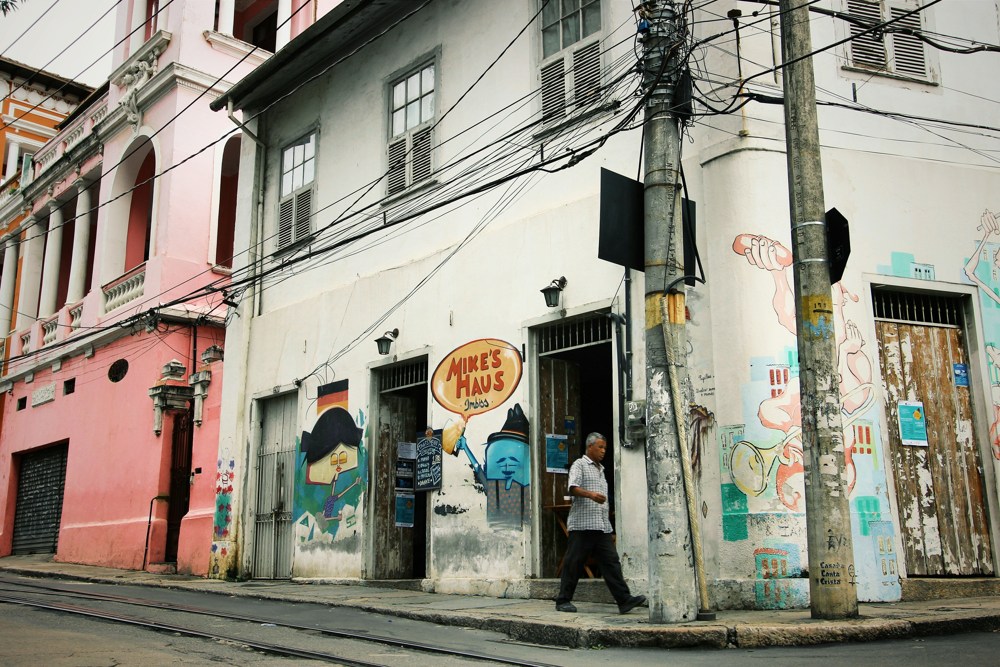 The most beautiful and coolest area of Rio de Janeiro is Santa Teresa. There is great graffiti and many nice bars and restaurants. The small, cosy streets cannot be compared with the busy and more famous Ipanema and Copacabana. It is the most picturesque area of Rio, located on a hill overlooking the centre of the city and with a wonderful view over the Bay of Guanabara.
The most beautiful and coolest area of Rio de Janeiro is Santa Teresa. There is great graffiti and many nice bars and restaurants. The small, cosy streets cannot be compared with the busy and more famous Ipanema and Copacabana. It is the most picturesque area of Rio, located on a hill overlooking the centre of the city and with a wonderful view over the Bay of Guanabara.
It was once the most exclusive areas of Rio in the 19th century, full of beautiful large villas with gardens and cobbled streets. In the beginning of the twentieth century it was faced with a period of abandonment since most residents moved to the beach areas like Copacabana and Ipanema.
After that Santa Teresa started a huge revival by the influx of many local artists such as painters, sculptors, visual artists, writers, musicians, intellectuals in general in the search for more affordable and centrally located home. This changed it to a beautiful Bohemian area during the 60s 70s and 80s.
In the late 90s, many European expats and Brazilian investors bought many old villa houses to turn them into guest houses, bed & breakfast, and boutique hotels, along with cozy and good restaurants. Nowadays, this specific area has a great relaxed artistic atmosphere with the appearance of a quiet little rural village.
Ipanema
Ipanema is the new hippest address for a series of new, trendy restaurants and bars. For example Bar 48, the most hipster bar in town with steel tables and street art decorations. Ipanema beach is also one of the best places to surf. We recommend to head over to Arpoador tucked in at the corner of Ipanema beach to watch one of Rio’s most breath taking sunsets.
Lapa
On Friday evening you go to the Lapa district. It happens here. It may start quietly, but don't be surprised if a handsome brasileño grabs you for a samba dance. You can also go to one of the jazz clubs there to end your night in style. Get your caipirinha on the square and do not make any busy schedules for the day after.
Urca
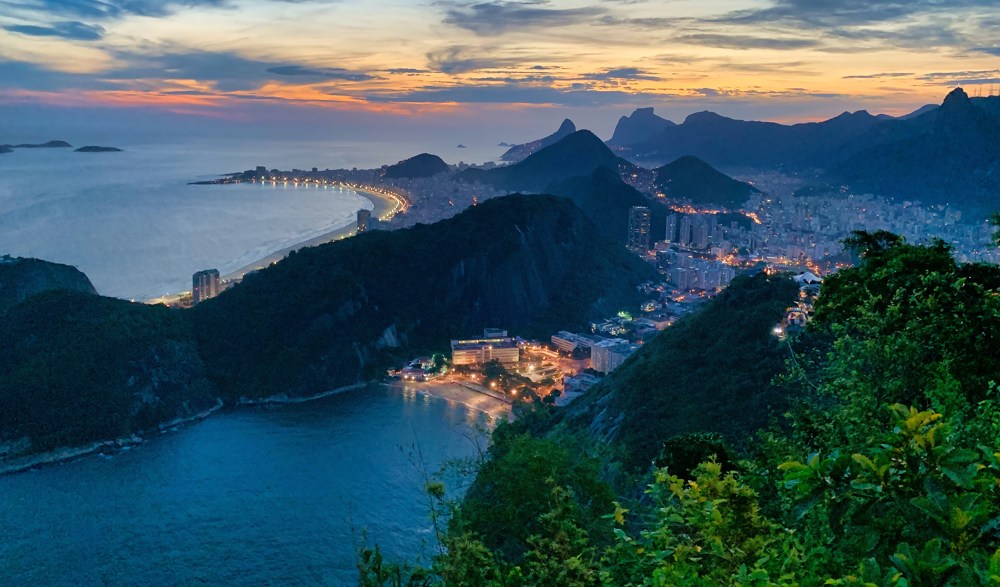
Urca is the neighbourhood that is located at the foot of the Pão de Açucar, or "the sugarloaf mountain". From the top of the sugarloaf mountain you have a wonderful view of the ocean and the beaches of Rio. The neighbourhood itself is quiet with a few beaches and beautiful Art Deco houses. It is known for its tranquil and ultimate relaxed vibe.
Botafogo
It’s making way for a series of quirky, unique bars that each follow their own beat rather than follow the crowd. The area has an alternative, hipster flair while maintaining its casual, welcoming vibe, giving it wide appeal. It’s experimental, edgy and at the forefront of Rio’s coolest developments. Here’s why Botafogo is on fire right now. Click here to read more.
Which beach should you go to?
Posto 9 is the place to be. It is a good spot to spot hunks and girls in small bikini bottoms. On Sundays they close the road along the beach and it is the perfect spot for "people watching".
But to experience Rio like its stylish residents (known as “Cariocas”) it’s best to frequent the smaller, secluded beaches. Though still bustling on the weekends, these beaches offer stunning views and are less crowded than the more renowned tourist beaches.
Where to stay
If you don’t know where to stay in Rio but sustainability matters to you, a great choice would be the Arena Hotels. Perhaps some of the most eco-friendly hotels in the entire city, the Arena has three locations in Leme, Copacabana, and Ipanema. They mainly focus on four pillars of sustainability which include the reduction of water consumption, recycling of organic waste, energy reduction, and the protection of biodiversity.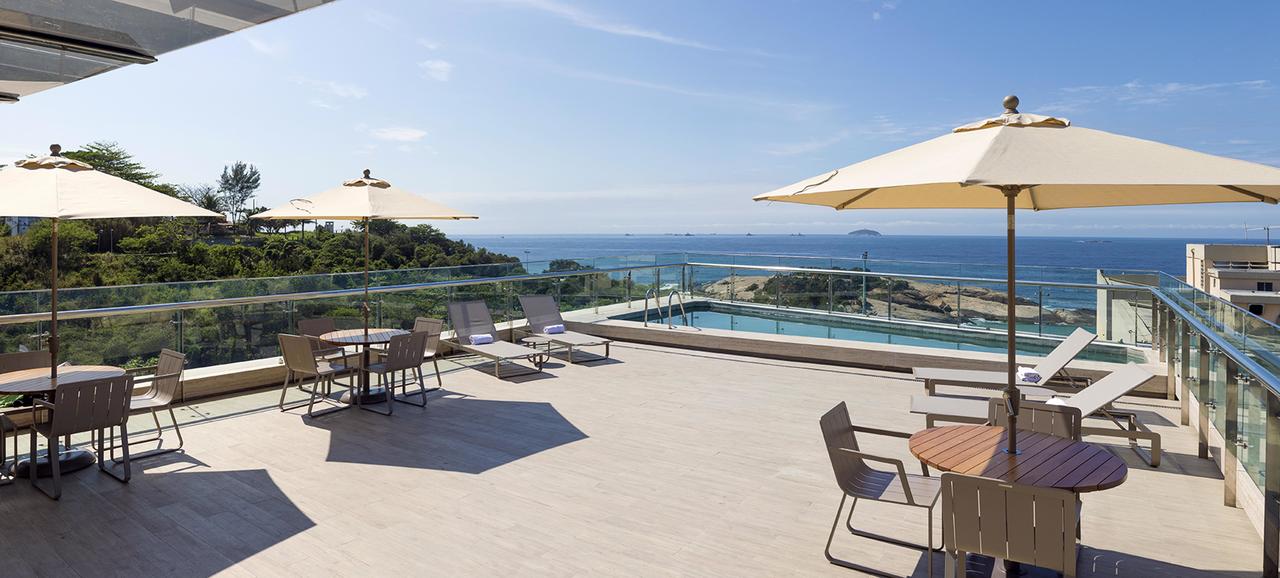 We recommend to stay at the Ipanema Arena hotel. The hotel itself is located between Ipanema and Copacabana, this makes it a super central location. It is in walking distance to the beach and close to bars and restaurants. From our room we had a partial sea view, and at the top, they have a little swimming pool with view of the ocean.The breakfast was small but they had a lot of variety of food, even a detox juice.
We recommend to stay at the Ipanema Arena hotel. The hotel itself is located between Ipanema and Copacabana, this makes it a super central location. It is in walking distance to the beach and close to bars and restaurants. From our room we had a partial sea view, and at the top, they have a little swimming pool with view of the ocean.The breakfast was small but they had a lot of variety of food, even a detox juice.
Best view
A must do is watching the sunset from Arpoador Rock. It is super beautiful! There are several nice beaches and beautiful viewpoints, but it doesn't come close to Arpoador Rock. It is nothing more than a set of rocks with a small hill, but from this rock you have an amazing view of Ipanema beach. In the evening the sun casts a beautiful, warm glow over the beach and the city and locals gather on the rocks with food and drink. Go at the end of the afternoon and grab a good spot. It is so worth it!Best vegetarian and vegan restaurants in Rio
Vegetarian and vegan restaurants may not have a strong foothold in meat-heavy Brazil, but there are some that stand out for their wide range of options and innovative menus. Rio also has per-kilo restaurants in all corners of town and these tend to serve a vast variety of salads and vegetarian options, providing a great choice for those searching a vegetarian or vegan meal. Here are the 10 best vegetarian and vegan restaurants in Rio.Favela tour
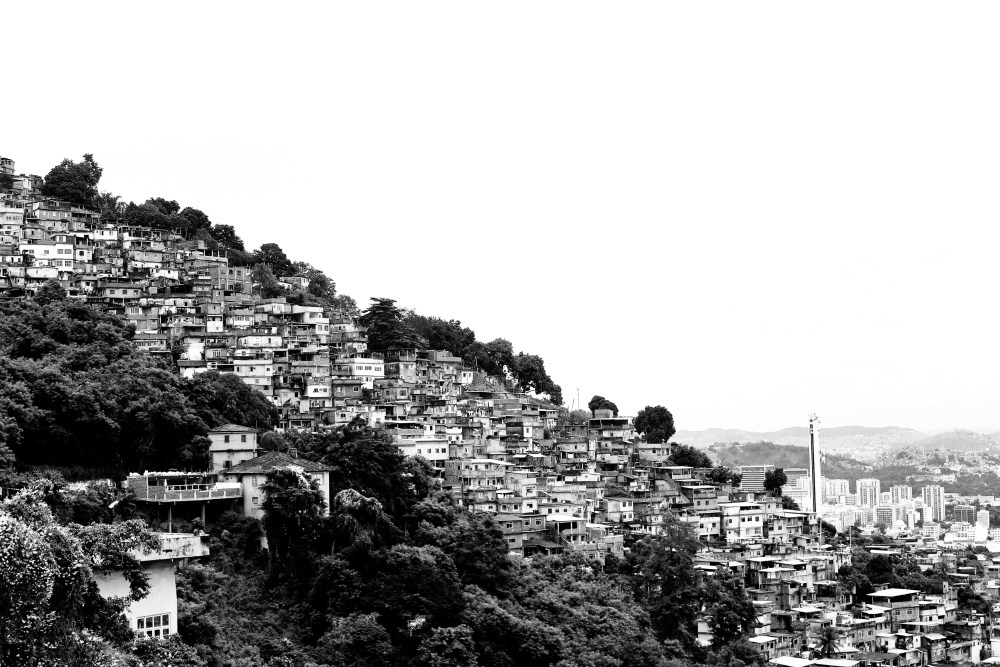
A favela tour may sound touristy and dangerous, but it certainly isn't. We found it very cool and certainly not scary. No "City of God" scenes at all. During a tour you can see how the small villages look like from inside and you can venture in the small shops. You can buy small, colourful hand-made paintings and support the local artists.Admire Jardim Botânico
Covering an expanse of almost 340 acres, this botanical paradise awes its visitors with more than 6,000 indigenous and exotic species of flora.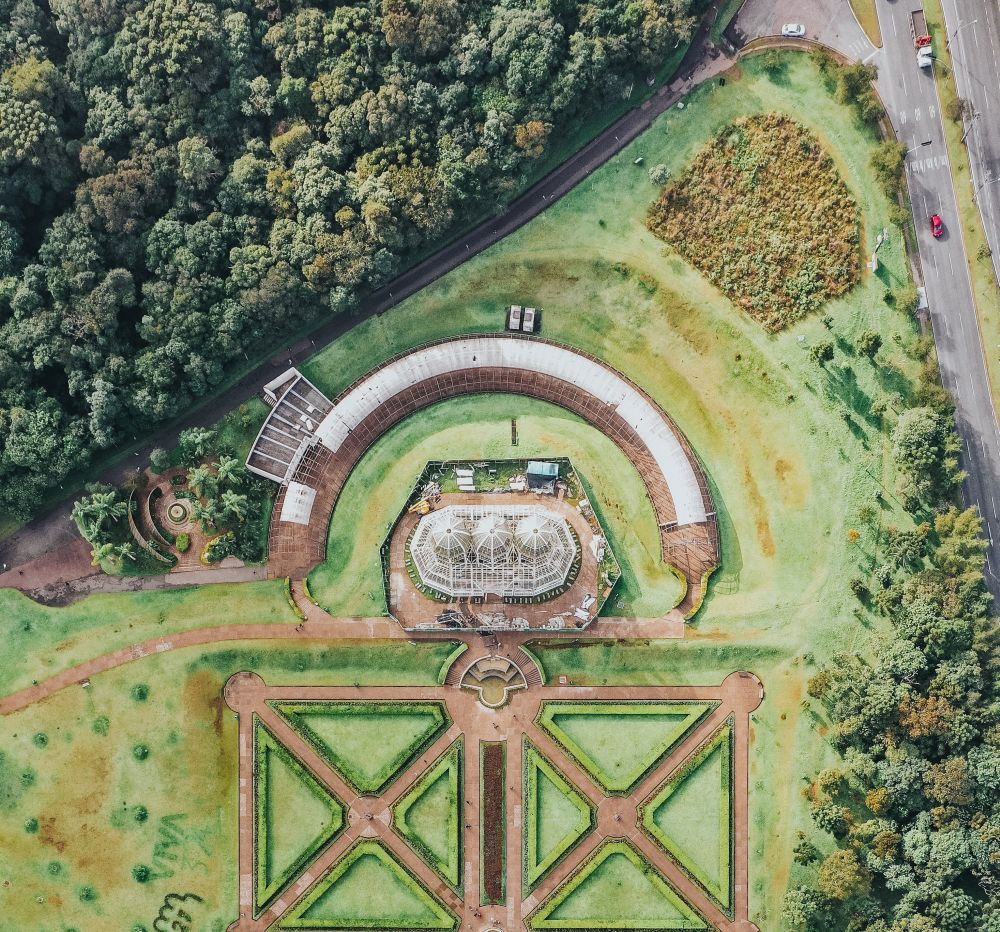
It is the ideal place of meditation for travelers who want to escape the hustle and bustle of their lives back home.
Where to practice yoga and meditation
Rio and its surrounding offer uncountable opportunities to practice yoga, meditate, be one with nature, recharge your batteries and discover your true self.Locals take yoga very seriously. It is not just a physical training, but rather a lifestyle. During practices, a lot of attention is being paid to breathing techniques, mantras, meditation, relaxation and applying yoga principles in everyday life. Each school has its own approach to teaching yoga and meditation. In addition to traditional yoga practices, you can even find acro yoga and stand up paddle board yoga trainings. Click here for more information about Yoga in Rio.
Streetart in Rio
These days, street art in Rio has been elevated to a true art form. In fact, the Mayor recently legalised graffiti and government institutions have started to finance street art projects which bring groups of artists together. Some street artists even exhibit their artwork in galleries and their work is featured on clothing, accessories and wallpaper. Click here where to find streetart in Rio.
Best time to visit
The high season in Rio is summer (December to March), but this season is also the most crowded and most expensive period. Off-season (May-October) is also a good option if you are looking for low hotel prices and don't mind to face the risk of having some days with low temperatures. Rio's winter temperatures stay around the 20 degrees Celsius (70 degrees Fahrenheit), dipping occasionally below the 15 degrees Celsius (60º Fahrenheit).
Rainy days can be a bit disturbing during a visit to Rio, but they are very unpredictable. They sometimes occur in high season as well. Click here for more climate information in Rio.